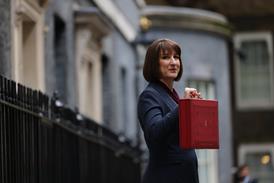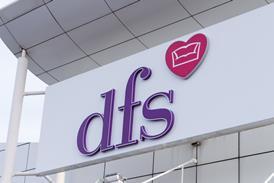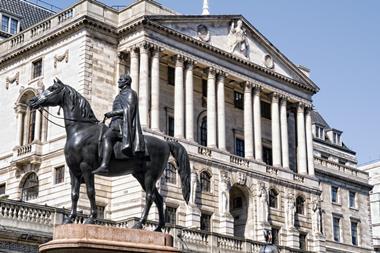The Labour Party has launched a campaign to save the high street, outlining a four point plan that includes temporarily cutting VAT to 17.5%.
Labour said the VAT cut would give “struggling retailers a boost” and put £450 back into each family’s pocket.
It also wants to introduce a retail diversity planning clause, “putting communities in charge of the future of their local high streets”. It wants local people and local retailers to “have a say on any retail plans for their area, giving them the power to put the heart back into the high street”.
The third plank of its plan is the creation of a competition test in the planning system to ensure a “level playing field between small and large shops”.
It also wants to kick start Labour’s empty shops initiative, “enabling councils to pursue innovative uses for empty shops and reinvigorate high-streets”. Ideas include using vacant units for cultural, community or learning services, rather than leaving them empty.
Jack Dromey MP, Labour’s Shadow Local Government Minister, said: “Labour wants to give communities a real say over the future of their high street and the power to make the changes they want.
“Healthy and diverse high streets are the heart of local communities. The Tory-led Government should change course – they need to support growth and jobs by backing Labour’s four point action plan to revive the high street.”
Chuka Umunna MP, Labour’s Shadow Small Business and Enterprise Minister, said: “Consumer confidence has been badly hit by the government’s VAT hike and the squeeze on family incomes. It is no surprise that retail sales have remained sluggish.
“We are looking to businesses to provide the growth and jobs we need to power the recovery. The government has failed to get banks lending to businesses, and has hit retailers with this year’s hike in VAT. The recent wave of high street business failures should send a signal to ministers on the real pressures which firms are under.
“A temporary cut in VAT would help consumers and businesses now and would help us get the deficit down.”
Property firm Colliers International revealed today (Monday) that in the six months to April, vacancy rates fell to 13.3% across a sample of 15 UK towns and cities, down from 13.7% at October 2010.
However, the polarisation between prime and secondary continues.
UK vacancy rates in primary shopping areas have been falling since April 2009 and now stand at 8% of units - a 25% improvement in just two years. In contrast, vacancy rates for units on secondary locations, although falling marginally to 17% at April 2011, remain higher than two years ago and more than double the rate for prime.




























1 Reader's comment